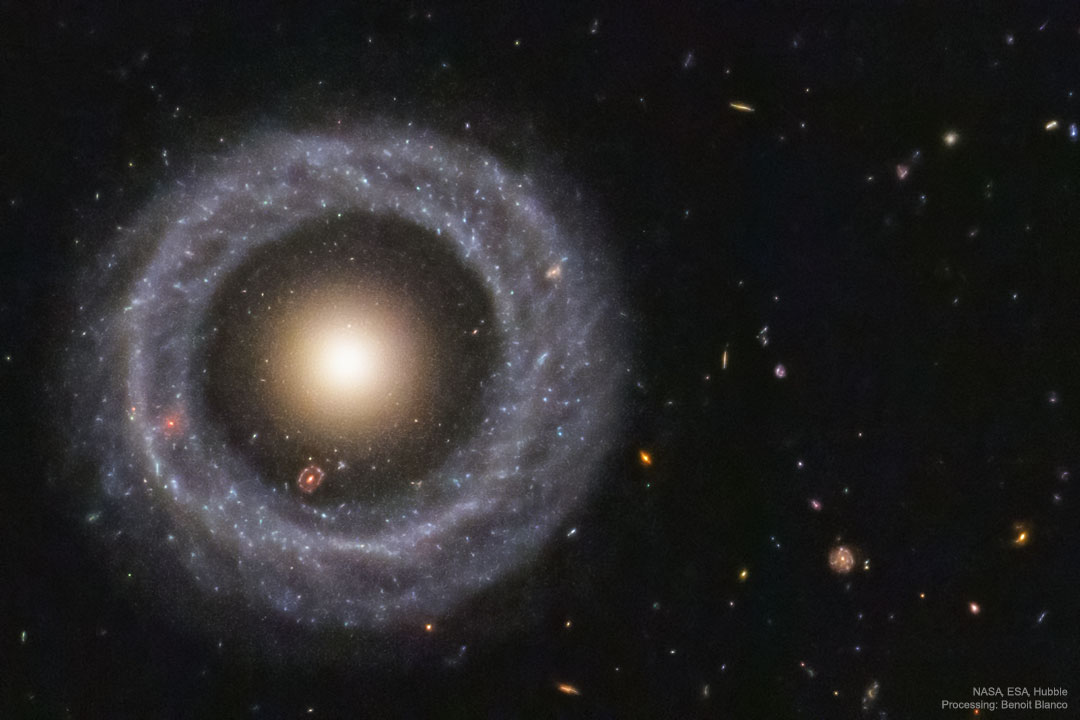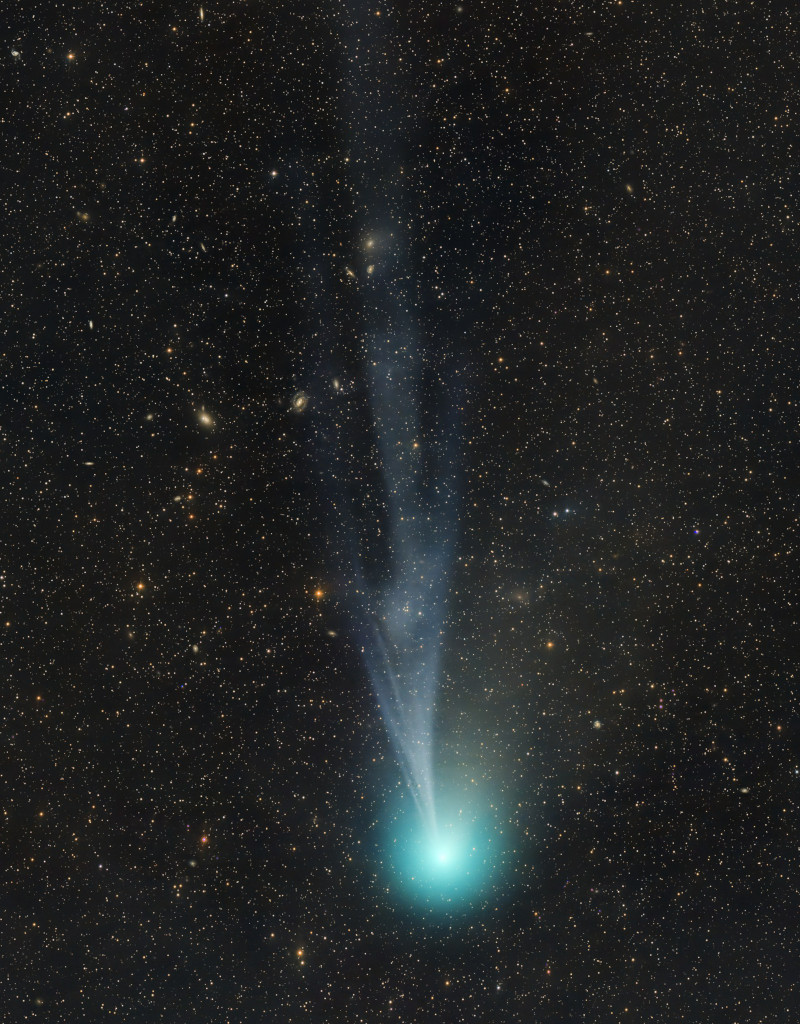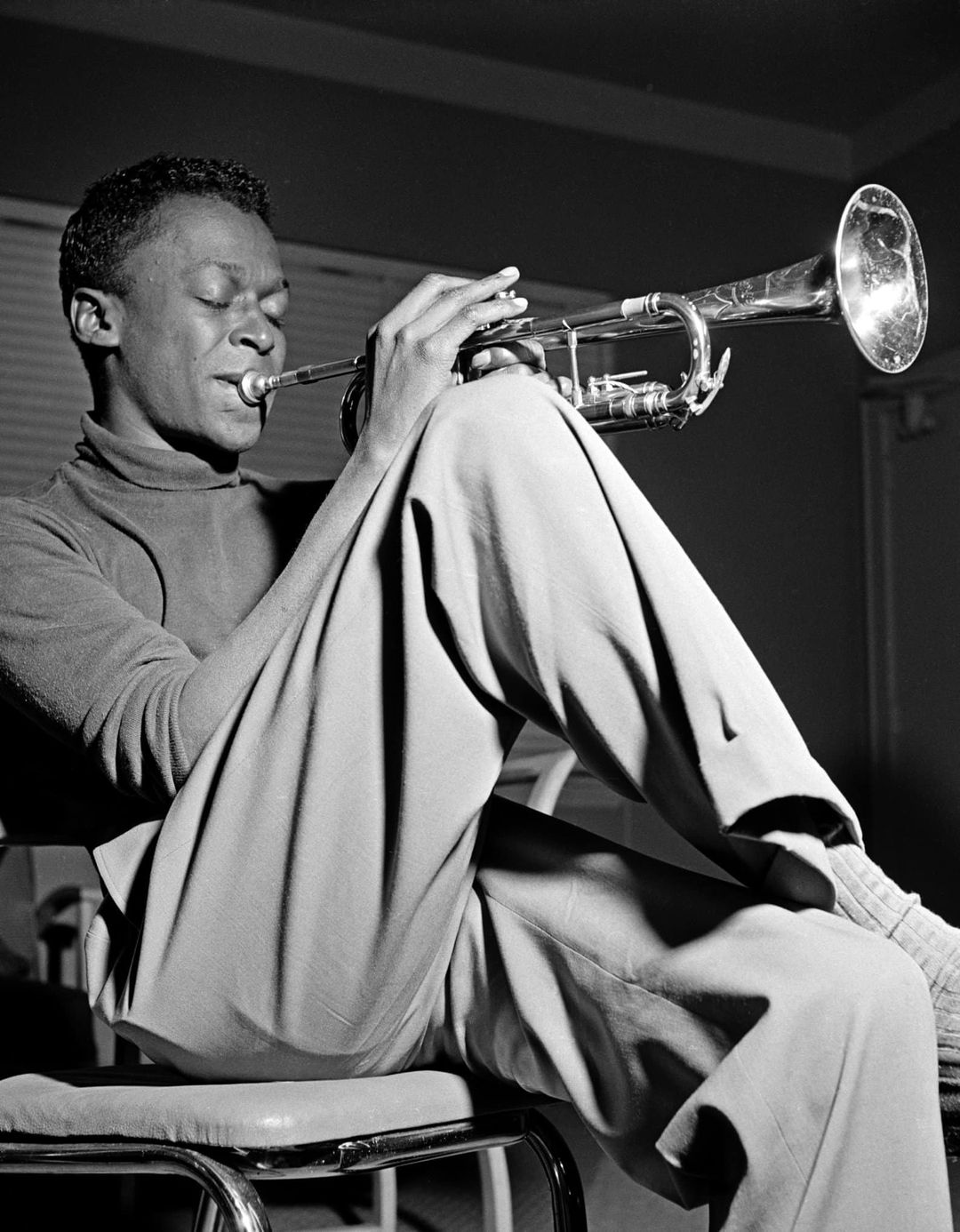Blog
William “Smokey” Robinson Jr. (born February 19, 1940 Detroit, MI) is an American R&B and soul singer, songwriter, record producer, and former record executive. He was the founder and frontman of the pioneering Motown vocal group the Miracles, for which he was also chief songwriter and producer. He led the group from its 1955 origins, when they were called The Five Chimes, until 1972, when he retired from the group to focus on his role as Motown Records vice president. Robinson returned to the music industry as a solo artist the following year. He left Motown in 1999.
Robinson was inducted into the Rock and Roll Hall of Fame in 1987 and awarded the 2016 Library of Congress Gershwin Prize for his lifetime contributions to popular music. He is a double Hollywood Walk of Fame Inductee, as a solo artist (1983) and as a member of The Miracles (2009). In 2022, he was inducted into the Black Music & Entertainment Walk of Fame.
more...Louis “Kid Shots” Madison (19 February 1899, New Orleans – September 1948, New Orleans)[1] was an American jazz cornetist.
Madison was born in New Orleans on 19 February 1899. He studied cornet under David Jones, Louis Dumaine, and Joe Howard. In 1915, he was the drummer in the Colored Waif’s Home band with Louis Armstrong. In 1923, he played second cornet with the Tuxedo Brass Band. During the 1930s, he played with the WPA brass band. In the 1940s, he played with the New Orleans Eureka Brass Band.
more...Arthur Hoag chanced upon this unusual extragalactic object. On the outside is a ring dominated by bright blue stars, while near the center lies a ball of much redder stars that are likely much older. Between the two is a gap that appears almost completely dark. How Hoag’s Object formed, including its nearly perfectly round ring of stars and gas, remains unknown. Genesis hypotheses include a galaxy collision billions of years ago and the gravitational effect of a central bar that has since vanished. The featured photo was taken by the Hubble Space Telescope and reprocessed using an artificially intelligent de-noising algorithm. Observations in radio waves indicate that Hoag’s Object has not accreted a smaller galaxy in the past billion years. Hoag’s Object spans about 100,000 light years and lies about 600 million light years away toward the constellation of the Snake (Serpens). Many galaxies far in the distance are visible toward the right, while coincidentally, visible in the gap at about seven o’clock, is another but more distant ring galaxy.

more...
Veronica “Randy” Crawford (born February 18, 1952 Macon, GA) is a retired American jazz and R&B singer. She has been more successful in Europe than in the United States, where she has not entered the Billboard Hot 100 as a solo artist. However, she has appeared on the Hot 100 singles chart twice. The first time was in 1979 as a guest vocalist on the Crusaders‘ top-40 hit “Street Life“. She also dueted with Rick Springfield on the song “Taxi Dancing”, which hit number 59 as the B-side of Springfield’s hit “Bop Til You Drop”. She has had five top-20 hits in the UK, including her 1980 number-two hit, “One Day I’ll Fly Away“, as well as six UK top-10 albums. Despite her American nationality, she won Best British Female Solo Artist in recognition of her popularity in the UK at the 1982 Brit Awards. In the late 2000s, she received her first two Grammy Award nominations.
more...Irma Thomas (Lee; born February 18, 1941) is an American singer from New Orleans. She is known as the “Soul Queen of New Orleans”. Thomas is a contemporary of Aretha Franklin and Etta James, but never experienced their level of commercial success. In 2007, she won the Grammy Award for Best Contemporary Blues Album for After the Rain, her first Grammy in a career spanning over 50 years.
Born Irma Lee, in Ponchatoula, Louisiana, United States, she was the daughter of Percy Lee, a steel chipper, and Vader Lee, who worked as a maid. As a teenager, she sang with a Baptist church choir. She auditioned for Specialty Records at the age of 13. By the time she was 19, she had been married twice and had four children. Keeping her second ex-husband’s surname, she worked as a waitress in New Orleans, occasionally singing with bandleader Tommy Ridgley, who helped her land a record deal with the local Ronlabel. Her first single, “Don’t Mess with My Man”, was released in late 1959, and reached number 22 on the US Billboard R&B chart.
more...
Heading for its next perihelion passage on April 21, Comet 12P/Pons-Brooks is growing brighter. The greenish coma of this periodic Halley-type comet has become relatively easy to observe in small telescopes. But thebluish ion tail now streaming from the active comet’s coma and buffeted by the solar wind, is faint and difficult to follow. Still, in this image stacked exposures made on the night of February 11 reveal the fainter tail’s detailed structures. The frame spans over two degrees across a background of faint stars and background galaxies toward the northern constellation Lacerta. Of course Comet 12P’s April 21 perihelion passage will be only two weeks after the April 8 total solar eclipse, putting the comet in planet Earth’s sky along with a totally eclipsed Sun.

Jeremy Webster “Fred” Frith (born 17 February 1949) is an English multi-instrumentalist, composer, and improviser.
Probably best known for his guitar work, Frith first came to attention as one of the founding members of the English avant-rock group Henry Cow. He was also a member of the groups Art Bears, Massacre, and Skeleton Crew. He has collaborated with a number of prominent musicians, including Robert Wyatt, Derek Bailey, the Residents, Lol Coxhill, John Zorn, Brian Eno, Mike Patton, Lars Hollmer, Bill Laswell, Iva Bittová, Jad Fair, Kramer, the ARTE Quartett, and Bob Ostertag. He has also composed several long works, including Traffic Continues (1996, performed 1998 by Frith and Ensemble Modern) and Freedom in Fragments (1993, performed 1999 by Rova Saxophone Quartet). Frith produces most of his own music, and has also produced many albums by other musicians, including Curlew, the Muffins, Etron Fou Leloublan, and Orthotonics.
He is the subject of Nicolas Humbert and Werner Penzel’s 1990 documentary Step Across the Border. Frith also appears in the Canadian documentary Act of God, which is about the metaphysical effects of being struck by lightning. He has contributed to a number of music publications, including New Musical Expressand Trouser Press, and has conducted improvising workshops across the world. His career spans over four decades and he appears on over 400 albums, and he still performs actively throughout the world.
more...Boniface Ferdinand Leonard “Buddy” DeFranco (February 17, 1923 – December 24, 2014) was an Italian-American jazz clarinetist. In addition to his work as a bandleader, DeFranco led the Glenn Miller Orchestra for almost a decade in the 1960s and 1970s.
Born in Camden, New Jersey, United States, DeFranco was raised in South Philadelphia. He was playing the clarinet by the time he was nine years old and within five years had won a national Tommy Dorsey swing contest.
more...Aston Barrett, the Jamaican bassist known as “Family Man” who served as the rhythmic architect for reggae legends like Bob Marley and the Wailers, Burning Spear, and Augustus Pablo, has died at the age of 77.
Barrett’s death was announced on social media Saturday by his son Aston Barrett Jr. “With the heaviest of hearts, we share the news of the passing of our beloved Aston ‘Familyman’ Barrett after a long medical battle,” Barrett Jr. wrote. “This morning, the world lost not just an iconic musician and the backbone of The Wailers but a remarkable human being whose legacy is as immense as his talent. Our family is asking for privacy during this challenging time, as words cannot express our profound loss.”

Legendary American Blues guitarist Donald Kinsey, who recorded and toured with Reggae greats Bob Marley and Peter Tosh, has died.
Kinsey died in Indiana in the United States at the age of 70 on February 6, which marked Marley’s 79th birthday. His death came three days after legendary Wailers bassist, Aston “Family Man” Barrett died on February 3 in Miami.
Kinsey began playing and performing as a young child, and he joined his father, bluesman Lester “Big Daddy” Kinsey in Big Daddy Kinsey and his Fabulous Sons when he was just six or seven years old.

Performing for Erev Shabbat Friday February 16th 6pm with speaker Jonah Kaplan. Music with Jayson Rodovsky, Jeff Bailey, Pete Whitman and mick laBriola.
more...More Posts
- The Cosmos with NGC 2188
- Dorthy Masuka Day
- Freddie King Day
- Mickey Roker Day
- Shoista Mullodzhanova Day
- Memphis Slim Day
- World Music with Canteixeire
- Daily Roots with Shenley Duffus
- Music for Surviving the Pandemic and Realizing Racial Justice
- The Cosmos with the Cygnus Supernova Blast Wave
- Billy Preston Day
- Laurindo Almeida Day
- Walter Davis Jr Day
- Clifford Jordan Day
- Horace Silver Day
- Booker Laury Day
- World Music with Mahsa Vahdat
- Daily Roots with Bob Marley
- Music for Surviving the Pandemic and Realizing Racial Justice
- The Cosmos with NGC 3981

